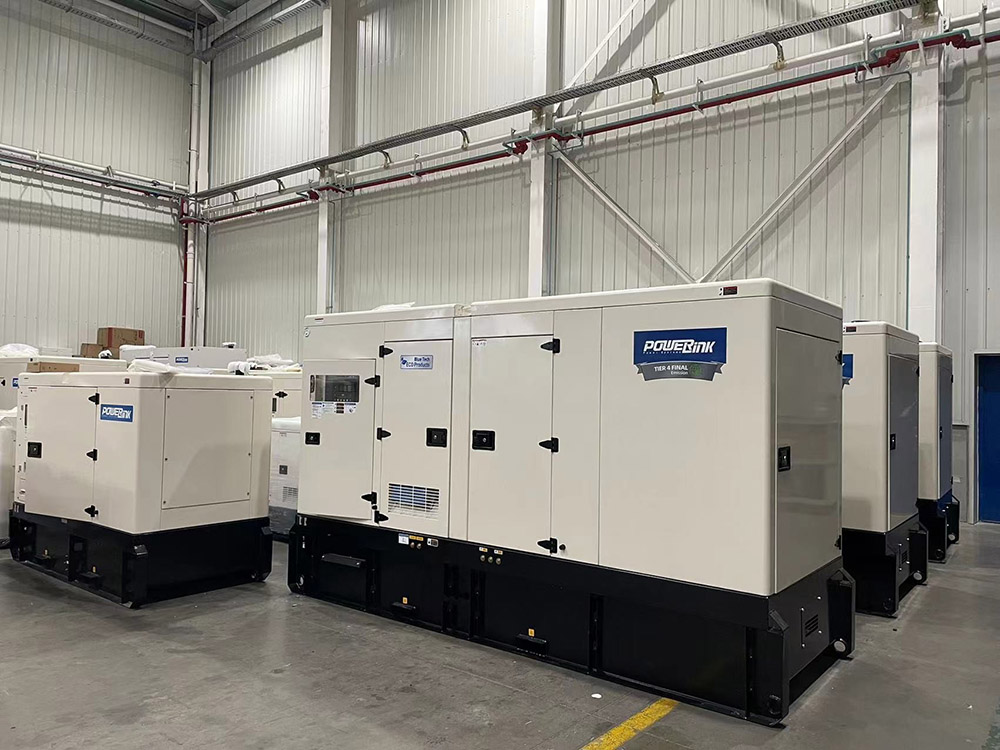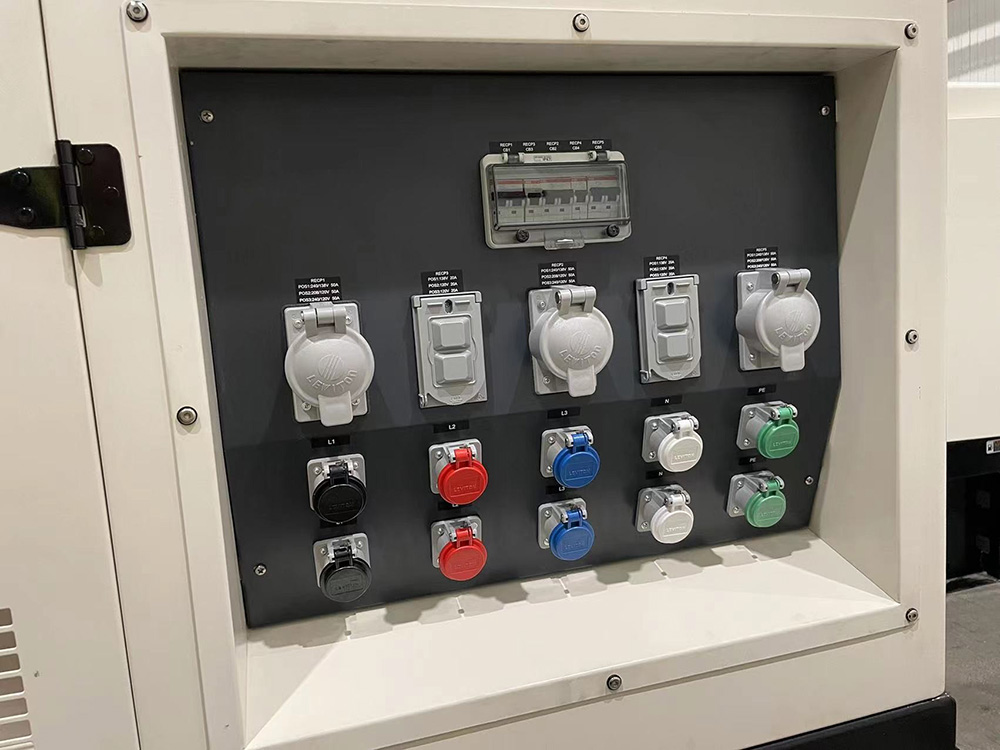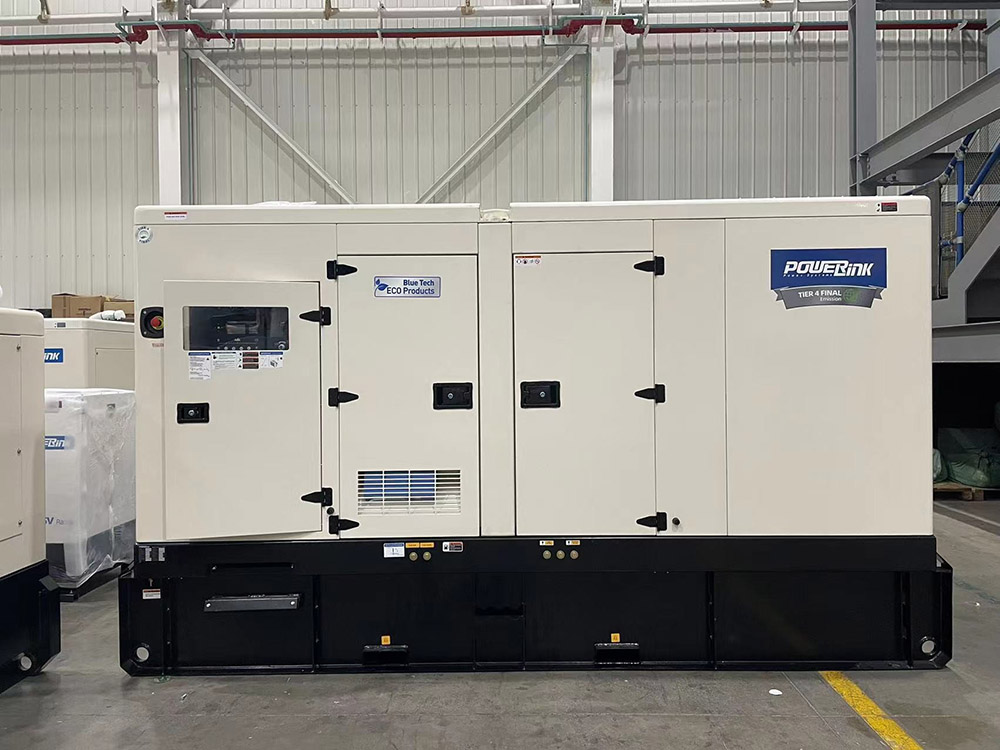Understanding Data Center Backup Power
Aug 30,2025
A consistent supply of power supports the smooth operation of data centers. Interruptions can result in data loss, system downtime, and disruptions to business operations and reputation.
To reduce these risks, data center operators implement backup power systems, including diesel generators and environmentally friendly options like lithium batteries. Assessing which equipment requires backup helps in choosing the appropriate solution for each data center.
What Is Data Center Power?
Data center power encompasses all electricity that supports operations within a data center, powering servers, storage systems, networking equipment, cooling systems, and lighting. A robust data center power system is designed to provide stable, uninterrupted electricity to maintain uptime and service reliability.
Key aspects include:
- Primary utility power as the main supply for everyday operation.
- UPS in data center setups for immediate backup during short-term disruptions.
- Backup generators for sustained power during extended outages.
- Layered system design to protect against voltage spikes, sags, and interruptions.
- Redundancy measures and failover protocols to ensure critical workloads remain online.
Together, these elements create a resilient power infrastructure that safeguards data integrity, supports continuous operations, and minimizes the risk of downtime.
Why Is Reliable Backup Power Critical to Data Centers?
Reliable data center backup power ensures that servers and networking equipment remain operational even during grid failures. Power interruptions can cause data corruption, downtime, or loss of service for end-users.
UPS in data center environments provide immediate backup, while genset data center systems supply longer-term power during extended outages. Implementing robust data center backup solutions ensures operational continuity, mitigates financial risk, and maintains customer trust.
How Are Data Centers Powered?
Data centers are powered through a combination of utility electricity, UPS data center systems, and backup generators to ensure continuous operation. Utility power provides the primary supply, while UPS platforms offer immediate, short-term backup during disruptions, bridging the gap until backup generators start and stabilize the supply.
Backup generators then sustain operations during extended outages. Together, this integrated system creates a resilient power architecture that ensures uninterrupted operation for critical workloads, protects data integrity, and maintains overall service reliability.
What Are the Power Requirements for Data Centers?
Understanding Power Needs
Data centers operate with a wide range of equipment, including servers, storage arrays, networking gear, cooling systems, and lighting. Each component has its own power demand and sensitivity to fluctuations, which must be considered when planning the electrical infrastructure.
Sizing Backup Power Systems
To maintain reliable operations, data center backup power systems need to be sized accurately. They must handle peak loads and provide redundancy for critical systems, ensuring that essential equipment remains operational even during power interruptions.
Importance of Energy Efficiency
Power consumption is a major operational expense in data centers. Efficient energy use and proper power distribution not only reduce costs but also improve system performance. Optimizing the power layout and selecting energy-conscious equipment contribute to a more sustainable and resilient data center environment.
Benefits of a Data Center Backup Power System
Implementing a data center backup power system provides several advantages for both reliability and efficiency:
- Continuous Service: Ensures that critical services remain online even during power outages, reducing downtime.
- Voltage Regulation: UPS in data center setups stabilize voltage and protect sensitive equipment from surges, sags, or fluctuations.
- Extended Operation: Backup generators provide long-duration power during extended outages, supporting uninterrupted operations.
- Data Integrity Protection: Maintains data consistency and prevents corruption by providing seamless power during transitions.
- Asset Protection: Safeguards IT hardware from electrical damage and stress caused by unstable power.
- Operational Efficiency: Optimises uptime and allows data centers to maintain performance standards without disruption.
Adding a backup power system offers additional peace of mind for operators, ensuring that critical data and infrastructure are protected and that operational continuity is maintained even during unexpected events.
Common Causes of Power Outages That Disrupt Data Center Operations
Common Causes
Data center power interruptions can stem from multiple sources. Utility grid failures can cut off the primary power supply, while equipment malfunctions may disrupt local systems. Human error, such as improper configuration or maintenance mistakes, can also cause outages. Natural disasters like storms or earthquakes, and cyberattacks targeting infrastructure systems, represent additional risks.
Potential Impacts
Even brief disruptions can have significant consequences, including downtime or data loss. Therefore, a comprehensive data center power system anticipates these risks and incorporates redundancy and backup solutions to maintain continuous operation.
How to Address Data Center Power Needs
Addressing data center power needs requires a multi-layered approach.
Operators should consider several key steps:
- Deploy UPS Systems: UPS data center solutions provide instantaneous backup to protect against short-term outages and voltage fluctuations.
- Integrate Backup Generators: Genset data center solutions support sustained operation during extended power failures.
- Regular Testing and Maintenance: Conduct routine checks and maintenance to ensure all systems function reliably under different conditions.
- Monitor Performance: Continuous monitoring allows operators to detect issues early and maintain uninterrupted service.
- Plan for Scalability and Efficiency: Assess future load requirements, energy efficiency, and ensure compliance with regulatory standards.
By following these measures, data centers can ensure their power systems remain resilient and capable of supporting critical operations.
Data Center Backup Power Options
Overview and Immediate Support
Data center backup power options typically combine UPS platforms with backup generators to create a robust power system. UPS systems respond instantly to power fluctuations and short-term outages, keeping critical equipment operational without interruption.
Sustained Generator Support and Benefits
Backup generators provide longer-duration power for extended grid failures, maintaining continuous operations. This layered approach helps maintain uptime for key applications, reduces the risk of data loss, and supports overall operational reliability.
UPS Platforms
UPS in data center setups are designed to provide uninterrupted power for critical IT equipment, protecting against voltage spikes, sags, and brief interruptions while keeping sensitive servers and networking hardware operational.
They bridge the gap between utility power loss and generator startup, providing vital seconds that prevent downtime, allow controlled shutdowns if needed, and maintain continuous operations for essential services.
Modern UPS systems also include battery monitoring, remote management, and scalable configurations to meet the evolving needs of large and complex data centers, further enhancing reliability and operational resilience.
Backup Generators
Core Functions
Genset data center solutions serve as the main long-term power source during outages, using diesel or high-capacity generators to maintain critical operations with fast and reliable response.
Rapid Activation and Reliability
These generators automatically detect power loss and start within seconds, ensuring continuous operation and preventing disruption to essential services.
Coordination with UPS Systems
When integrated with UPS platforms, backup generators enable seamless load transfer, minimizing downtime and maintaining a stable power supply.
Maintenance and Advanced Capabilities
Routine maintenance and testing ensure readiness. Modern systems also feature remote monitoring, fuel management, and scalability to accommodate the evolving needs of growing data centers.
Determining a Backup Power Plan
Load Assessment and Critical Systems
Creating a backup power plan for data centers begins with a thorough evaluation of current and projected load requirements. Operators must identify which systems are critical and determine necessary redundancy to ensure uninterrupted operation.
Selecting UPS and Generator Capacity
The next step involves choosing appropriate UPS and generator capacity to meet operational demands. This ensures that both short-term and long-term power needs are adequately supported.
Maintenance and Testing
Regular maintenance and rigorous testing of backup systems are essential to confirm readiness and prevent failures during outages.
Defining Procedures and Alignment
The plan should outline clear priorities, backup procedures, and response protocols, aligning power continuity strategies with overall business objectives.
Customization and Scalability
Evaluating available data center products and solutions enables operators to customize configurations for optimal reliability, efficiency, and scalability, ensuring that the infrastructure can adapt to evolving workloads and maintain continuous service.
Conclusion
Data center backup power is fundamental to sustaining operations, protecting information, and supporting business continuity. By integrating UPS systems and backup generators into a well-planned infrastructure, data centers can maintain service during outages, safeguard critical workloads, and ensure operational stability even under unexpected power disruptions.
--- END ---





